In the world of Swiss horology, few names command as much quiet respect as Jaeger-LeCoultre (JLC). Nestled in the Vallée de Joux, often called the cradle of fine watchmaking, this maison has earned the nickname “The Watchmaker’s Watchmaker.” Unlike brands that rely heavily on marketing or celebrity endorsements, JLC has built its reputation on something more enduring: innovation, craftsmanship, and a staggering list of contributions to the watchmaking industry as a whole.
For collectors and enthusiasts, Jaeger-LeCoultre occupies a unique space. It is both a prestigious luxury brand in its own right and a behind-the-scenes powerhouse that has supplied movements to some of the most revered names in watchmaking history.
The Origins of Jaeger-LeCoultre
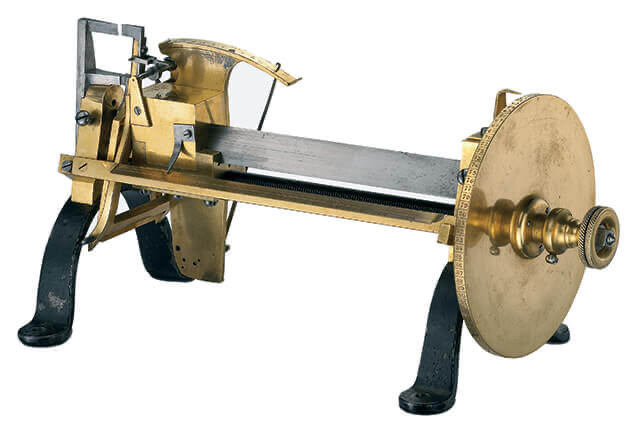
The roots of JLC trace back to 1833, when Antoine LeCoultre, a self-taught watchmaker, founded a small workshop in Le Sentier, Switzerland. His technical brilliance quickly set him apart. In 1844, he invented the Millionomètre, the first instrument capable of measuring a micron, revolutionizing precision in watchmaking. He also developed keyless winding systems that became standard across the industry.
The brand formally became Jaeger-LeCoultre in 1937, following a long collaboration between the LeCoultre family and Edmond Jaeger, a Parisian watchmaker known for designing ultra-thin movements. The union combined technical mastery with design innovation, cementing the maison’s reputation as a complete manufacture.
Why “The Watchmaker’s Watchmaker”?
JLC’s nickname stems from its role as a supplier of high-quality movements to other luxury watch brands. Over the decades, Jaeger-LeCoultre has created more than 1,200 different calibers and holds over 400 patents.
Legendary maisons such as Patek Philippe, Audemars Piguet, and Vacheron Constantin have relied on JLC movements for their own creations. Even Rolex sourced movements from Jaeger-LeCoultre during its early years. This extraordinary influence means that, in many ways, JLC’s DNA is embedded across the upper echelons of Swiss watchmaking.
To this day, collectors admire JLC not only for its iconic designs but also for its role in shaping the entire industry.
Iconic Creations That Define JLC
While Jaeger-LeCoultre is renowned for technical innovation, it has also produced some of the most iconic watches of all time.
The Reverso (1931)
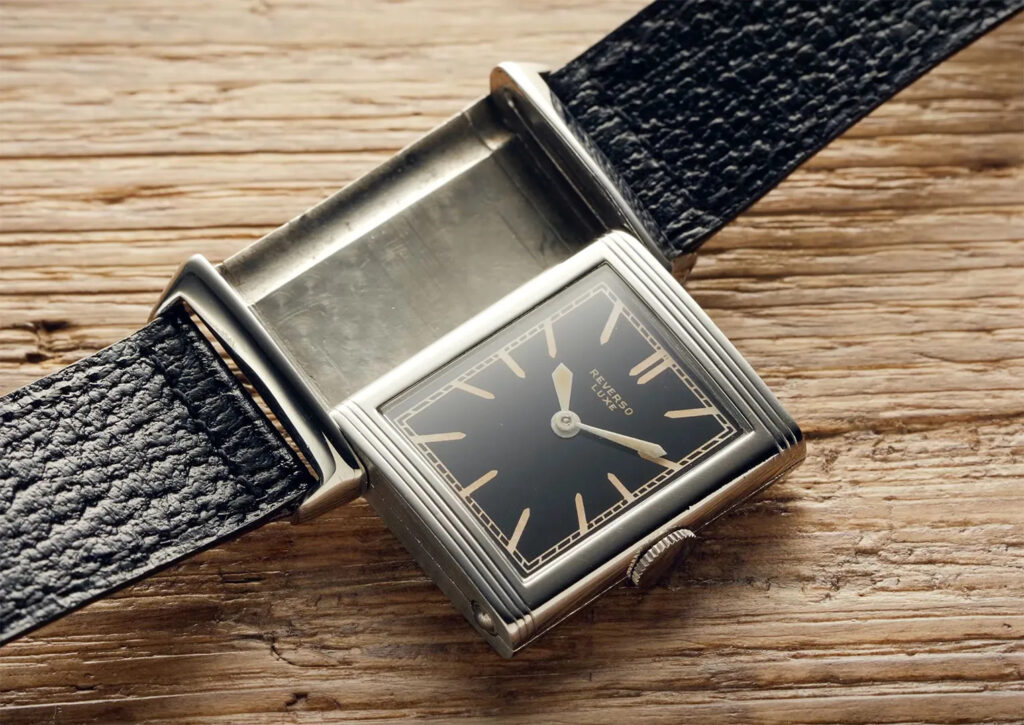
Perhaps the brand’s most recognizable design, the Reverso was born from the polo fields of British India. Players needed a watch that could withstand the rigors of the game. JLC’s ingenious solution was a case that could flip over, protecting the crystal. What began as a sports watch is now considered one of the ultimate dress watches, with countless variations in size, complication, and material.
The Atmos Clock
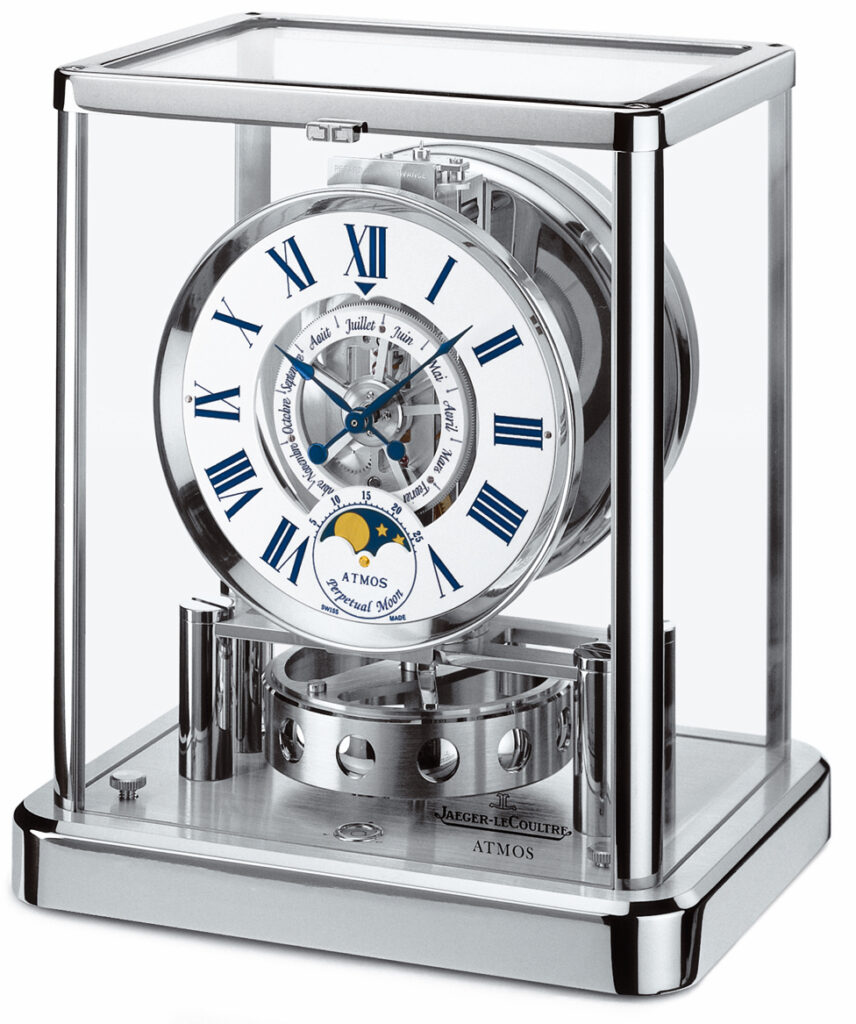
The Atmos clock, created in 1928, is another marvel. It runs almost perpetually, powered by minute changes in air temperature and atmospheric pressure. It’s an engineering feat that embodies JLC’s pursuit of horological artistry.
The Master Control Collection
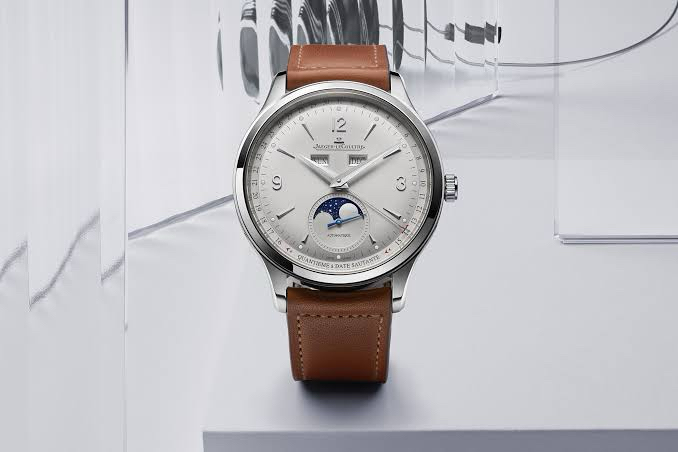
Introduced in 1992, the Master Control line emphasizes understated elegance paired with robust in-house calibers. It is also notable for the rigorous 1,000-hour control test, ensuring reliability and precision.
Ultra-Thin Movements
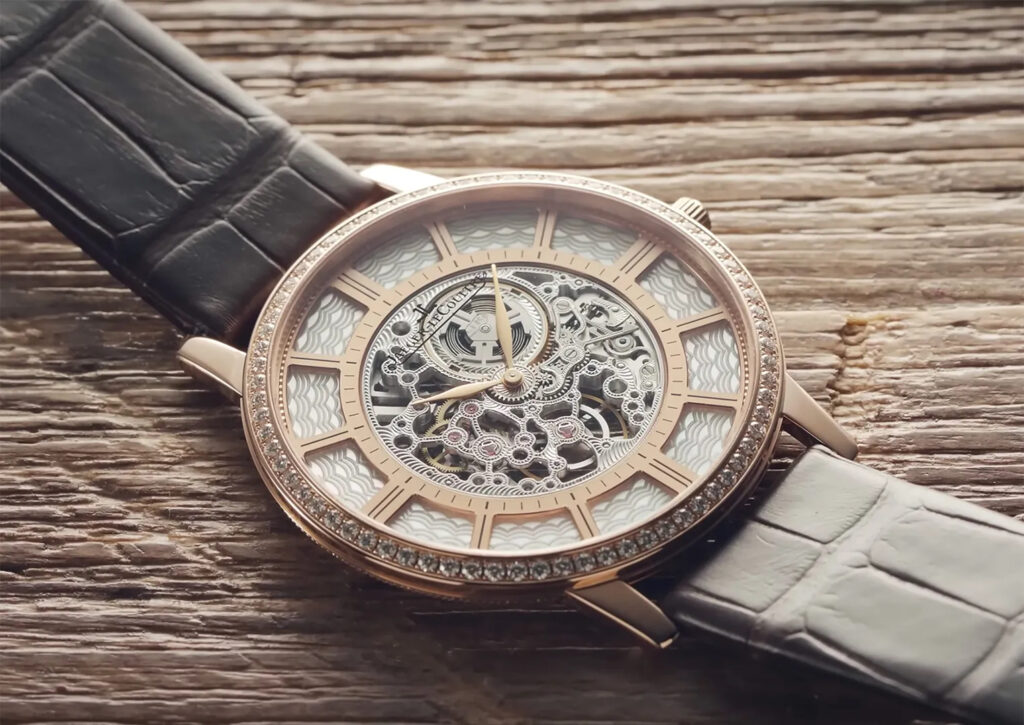
Jaeger-LeCoultre has long been a pioneer in the realm of ultra-thin watchmaking. From the world’s thinnest pocket watch movements in the early 20th century to modern marvels like the Master Ultra Thin Squelette, JLC has consistently pushed the limits of what is mechanically possible.
Innovation at the Core
Innovation is not an afterthought at JLC—it’s the foundation of its identity. Some of the maison’s most notable achievements include:

- The world’s smallest mechanical movement, the Caliber 101, introduced in 1929.
- Minute repeaters, tourbillons, and perpetual calendars, all executed with an elegance that emphasizes both technical mastery and wearability.
- The Gyrotourbillon, a multi-axis tourbillon that showcases the maison’s ability to blend complexity with artistry.
Unlike some brands that outsource, Jaeger-LeCoultre designs, develops, and assembles everything in-house, from movements to cases. This rare vertical integration underscores its title as The Watchmaker’s Watchmaker.
JLC’s Place in Today’s Watch Market
Despite its unmatched contributions to horology, Jaeger-LeCoultre is often considered underrated compared to marketing-driven giants like Rolex or Omega. For collectors, however, this presents an opportunity.
JLC offers some of the most refined watches in Swiss watchmaking at prices that are surprisingly competitive relative to its peers. For instance, a Master Control or Reverso often costs significantly less than an equivalent Patek Philippe or Audemars Piguet, despite comparable levels of craftsmanship and innovation.
This makes Jaeger-LeCoultre a connoisseur’s choice—less about status signaling and more about genuine appreciation of horological artistry.
Investment Potential
While JLC watches may not always appreciate as dramatically as Rolex or Patek Philippe, certain models are highly desirable on the secondary market. Vintage Reversos, early Atmos clocks, and rare complication pieces have all seen increasing demand. The growing recognition of Jaeger-LeCoultre’s contributions to watchmaking may also drive long-term value appreciation.
More importantly, JLC offers buyers a level of technical excellence and history that ensures intrinsic value, whether or not resale prices skyrocket.
Final Thoughts
Jaeger-LeCoultre is the quiet giant of Swiss watchmaking—a maison that has shaped the industry from behind the curtain while producing some of the most iconic designs in history. From the elegant Reverso to the perpetual Atmos, from supplying movements to the greatest maisons to innovating in ultra-thin calibers, JLC embodies horological mastery.
For enthusiasts who value craftsmanship, innovation, and authenticity over hype, Jaeger-LeCoultre is a brand without equal. It is, and will always be, the true Watchmaker’s Watchmaker.
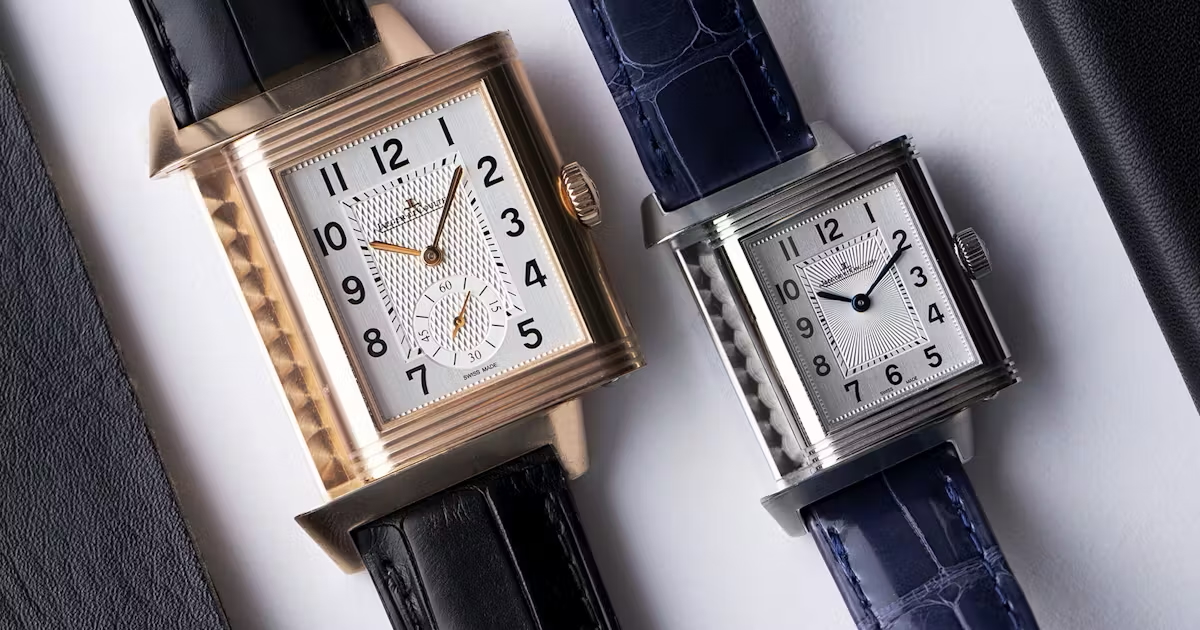

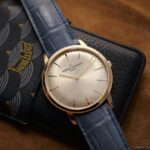

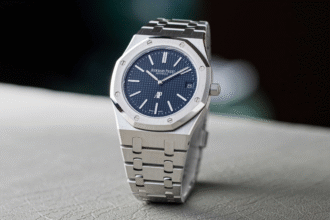
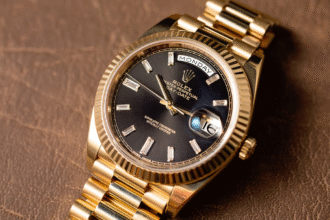
2 Comments